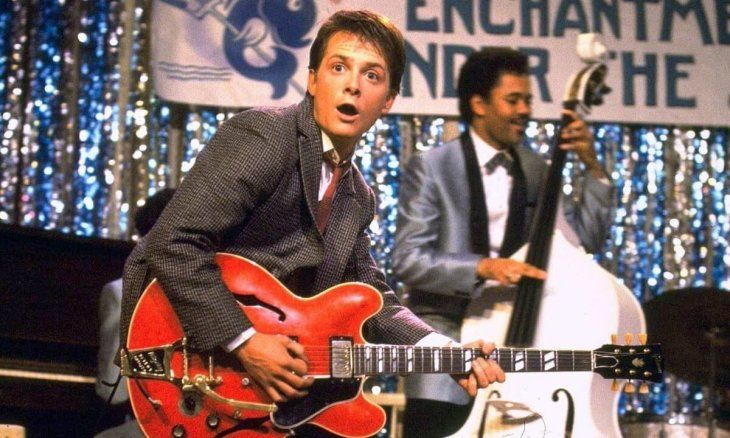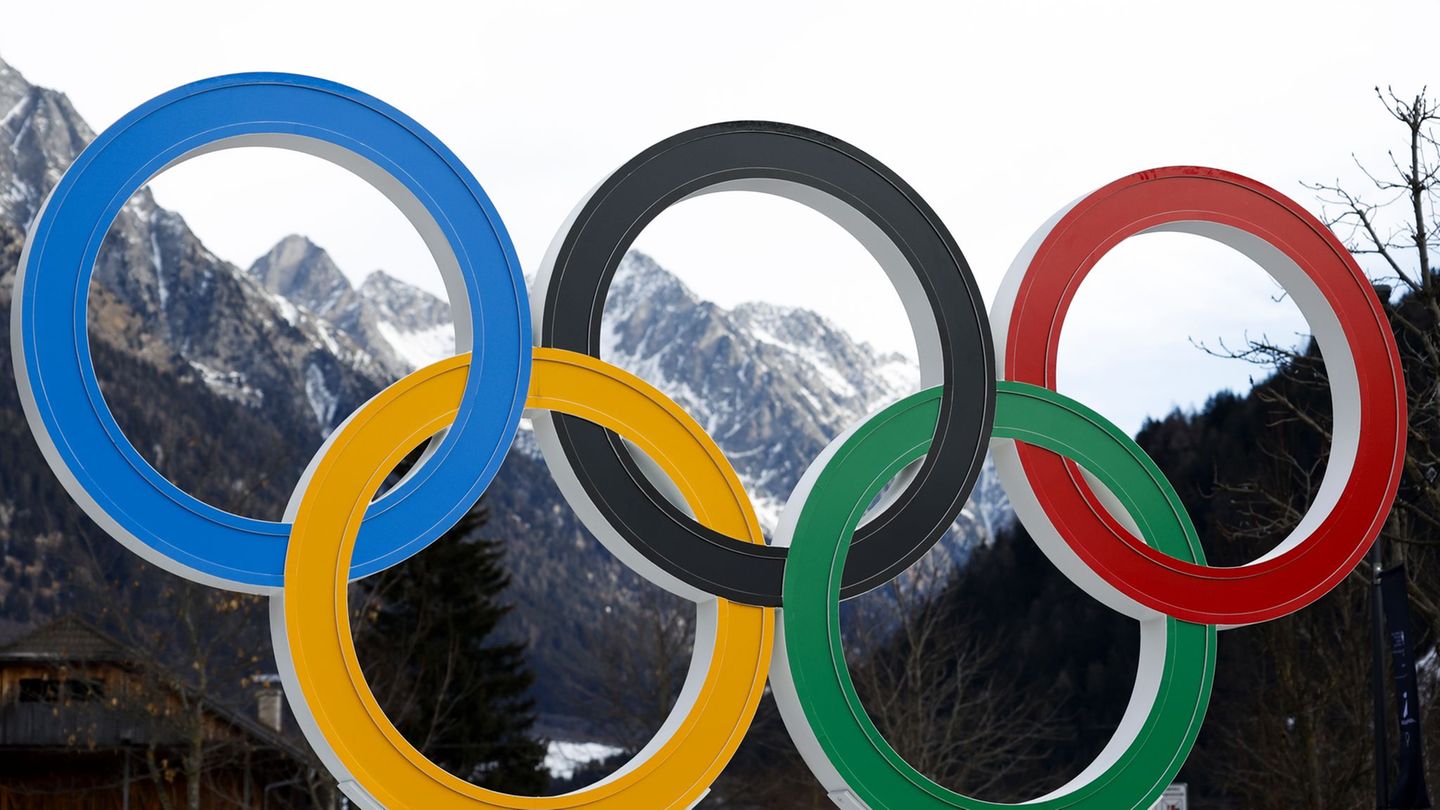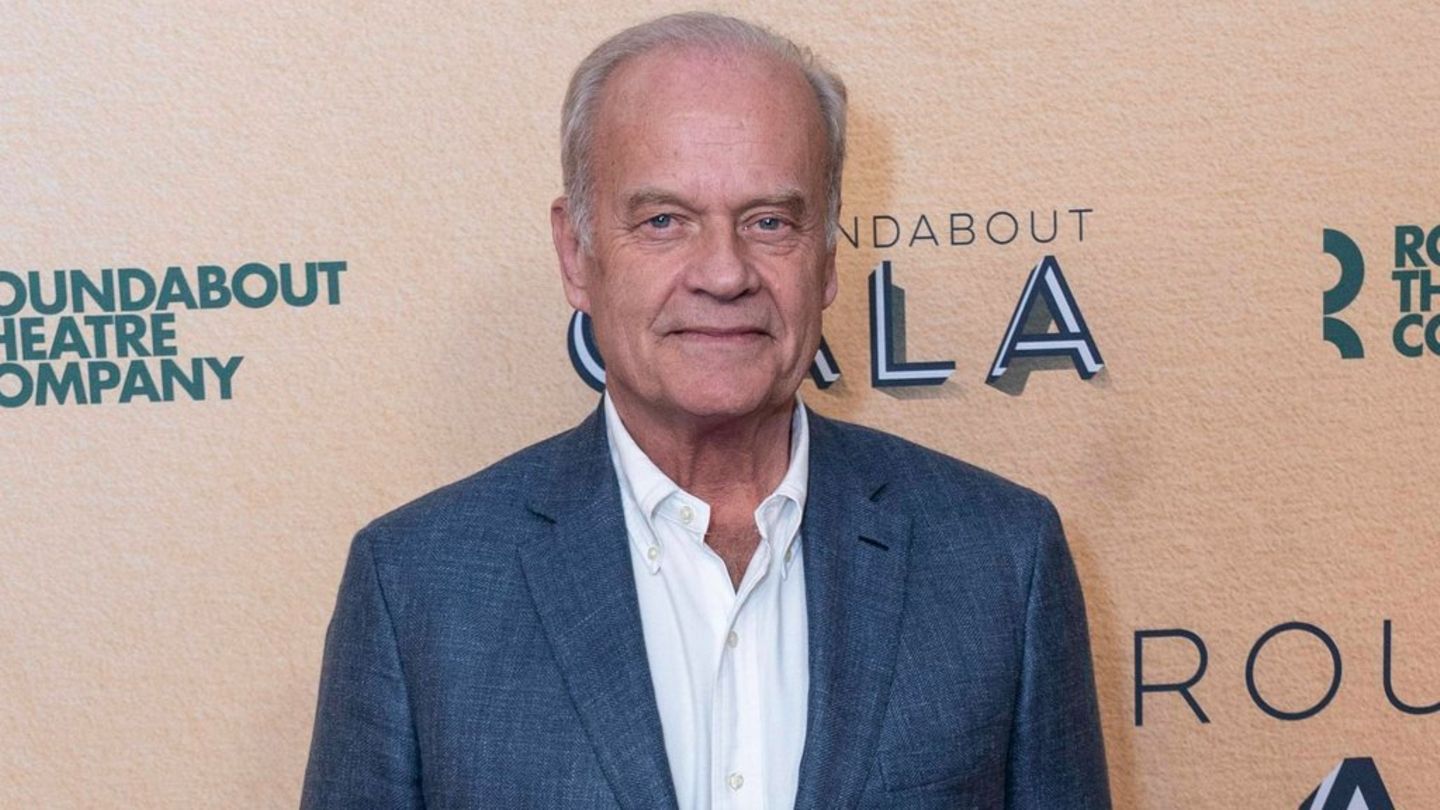Today, July 3, 202540 years of the premiere of Return to the future. The masterpiece of Robert Zemeckis and Bob GaleIt is not just a movie; It is a cultural phenomenon that has shaped science fiction, influenced fashion and language, and remains as relevant today as it was in 1985.
This 40th anniversary is an excellent excuse to remember how this film jewel was forged.
The birth of a revolutionary idea
The genesis of returning to the future was a path full of challenges and decisions that, in retrospect, turned out to be brilliantly successful. The original idea arose from Bob Galecoguionist and producer, who one day asked if he would have made his father’s friend if they had attended the same high school together. This simple question detonated one of the most ingenious and fun premises in the history of cinema: a teenager traveling to the past and altering his own existence.
The script, polished over several years, was rejected numerous times by studies that did not see the potential or considered it “not daring enough” for the time. Disneyfor example, he considered him too “spicy” for the subtram of Marty’s mother falling in love with her own son.
Fortunately, Steven Spielbergthrough its producer Amblin Entertainmenthe saw the brightness of history and promised to take her to the big screen. His vision and trust were crucial for the project to finally take off under the umbrella of Universal Pictures.
The drastic change of protagonist: from Eric Stoltz to Michael J. Fox
One of the best known chapters in production was drastic and expensive change of protagonist.
Initially, Eric Stoltz He was chosen to play Marty McFly. However, after five weeks of filming, the directors and producers reached the painful conclusion that Stoltz, despite their talent, did not fit with the comic tone and energy that the character required.
Zemeckis felt that Stoltz’s interpretation was too serious, lacking the spark and humor inherent in the script. It was a risky decision, as it involved discarding a significant amount of filmed material and re -shooting those scenes, adding millions of dollars to the budget.
Back to the future.jpg
The solution came with the name of Michael J. Fox. Despite being committed to the successful television series Family TiesFox was Zemeckis’s first option for paper. An unprecedented agreement was reached: Fox would film “Family Ties” during the day and return to the future at night, working in strenuous days that often exceeded 16 hours.
Instant chemistry between Fox and Christopher Lloyd (Doc Brown), added to Fox’s ability for physical humor and his undeniable charisma, transformed Marty McFly into the iconic character we know and love. This substitution, although traumatic at the time, is seen today as one of the most successful casting decisions in the history of cinema, raising the film to new heights.
An unmatched cultural impact
He cultural impact to return to the future It was immediate and durable. The film was not only a resounding box office, but it transcended the screens to become a reference.
He Delorean It became the car of dreams for a generation, the Flow condenser In a symbol of impossible inventiveness, and phrases such as “Where are we going, we don’t need roads?” They joined the popular lexicon.
The aesthetics of the 50s and 80s, presented through Marty’s eyes, influenced fashion and music. Beyond its entertainment, the film invited to reflect on the causality, fate and impact of our actions in the future. Entire generations fell in love with the idea of traveling in time, inspiring scientists, writers and dreamers equally. Her ingenious narrative, her timeless humor and her endearing characters cemented her as an imperishable classic.
Back to the future guitar.jpg

The sequelae that expanded the universe
Of course, the massive success of returning to the future gave way to two sequels that expanded the universe of Marty and Doc.
Back to future part II (1989) took us to the 2015 futuristic who, although he did not succeed with flying cars and floating skateboards for all, did predict some technologies such as video calls and virtual reality devices. The plot, more complex and dark, explored temporary paradoxes in an even deeper way.
Back to the future part III (1990) transported us to the old west, offering a nostalgic and exciting closure to the trilogy, allowing Doc Brown to find love and Marty, finally, mature and accept their own destiny without depending on time trips. Both sequelae, although perhaps they did not reach the same mythical status as the original, are valuable additions that enrich the mythology of Hill Valley and consolidate the saga as one of the most beloved trilogies in the history of cinema.
Forty years later, returning to the future remains a source of joy, amazement and nostalgia. It is a testament to the magic of cinema, to the narrative well constructed and the importance of dreaming large despite the difficulties imposed by the industry itself.
Source: Ambito
I am an author and journalist who has worked in the entertainment industry for over a decade. I currently work as a news editor at a major news website, and my focus is on covering the latest trends in entertainment. I also write occasional pieces for other outlets, and have authored two books about the entertainment industry.




